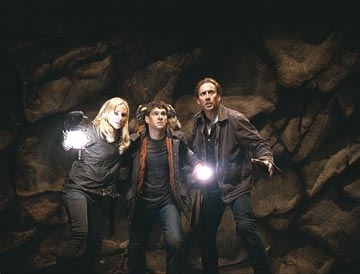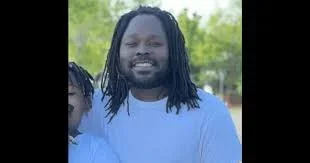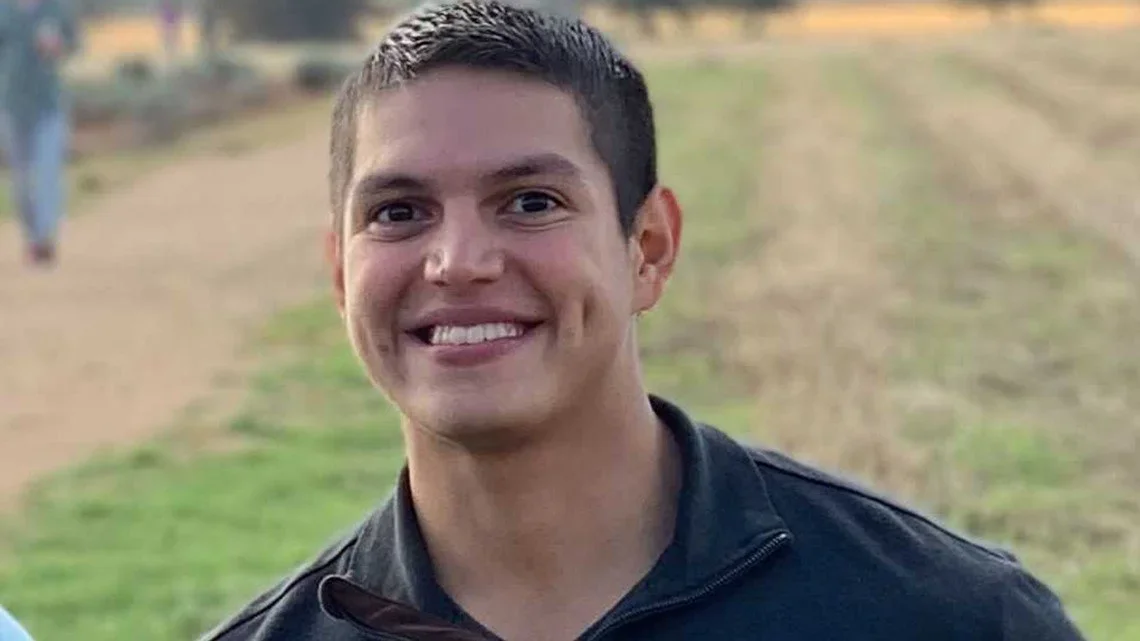National Treasure: Book of Secrets: Golden Fry Bread
/Year Released: 2007
Directed by: Jon Turteltaub
Starring: Nicolas Cage, Diane Kruger, Justin Bartha, Jon Voight, Ed Harris, Helen Mirren
(PG, 124 min.)

"Mine honor is my life; both grow in one; / Take honor from me, and my life is done." William Shakespeare
The makers of this film don’t take themselves seriously and neither should you. It’s the Disney franchise’s version of a McDonalds Happy Meal – slick packaging filled with warmed over tidbits of bland, inoffensive fare – and getting about the same appraisal from the critics a the Big Mack does from the American Heart Association. But audiences seem to love it just about as much as they do their burgers and fries, a phenomenon more worthy of analysis than its breezy, insubstantial plot.
As in the last outing, family honor is stake once again, and Ben Gates (Nicolas Cage) and his partners in crime have to break into Buckingham Palace, the Oval Office, and the Library of Congress, not to mention kidnap the President, all to lay false the claim that Great Granddad had a hand in the assassination of President Lincoln.
They also have to get close and personal with Lady Liberty – the French wench as well as l'Américain, and spend considerable time in a rapidly flooding repository for assorted Lost City of Gold artifacts housed somewhere below South Dakota’s Mount Rushmore. It’s enough to make even Cary Grant raise an eyebrow. I mean if he had known what was below him during those final scenes from North by Northwest, perhaps he and Eva Marie Saint might have lingered a bit longer among the Presidential icons instead of hopping a quick train out, however lovely and private their traveling compartment.
As much fun as I had with this light romp, I could not help comparing National Treasure: Book of Secrets to the vastly superior Raiders of the Lost Ark, that pièce de résistance that first wowed audiences in 1981. Cage’s Ben Gates is bright – yes almost to a fault – and affable, but he seems without the tell tale human flaws that endeared us to Old Indiana. What a lark to have a hero deathly afraid of snakes! All the more fun when he has to lower himself into a pit full of the vipers. And it would be hard to top Marion, his gutsy ex, who among other accomplishments, could drink just about anybody under the table. Gates’ love interest Abigail (Diane Kruger) is on top of things in the American Historical Archives, but she lacks the sensual earthiness of Raiders’ Marion, and as mad a she gets at Gates, she’d never greet him with a solid fist to the jaw the way Marion welcomes Indie to Nepal.
I suspect the strong showing of National Treasure owes quite a bit to our need for some welcome confections of the season instead of the bitter medicine that Hollywood has been pouring down our throats all fall. And who can resist buried treasure, the madcap adventure to unravel esoteric clues, and the adrenalin rush of breaking into some of the most sanctified archives in the world -- all for a good reason, of course.
But perhaps the group having the most fun is not the actors, heavyweights enjoying this lightweight adventure, nor the popcorn gobbling viewers, but the list of assorted critics who wield their rapier wits to shred this celluloid fluff for all it’s worth. Here are a few of the best efforts:
“It's another flick about maps, landmarks and buried treasure that makes The Da Vinci Code look like Tolstoy.” Kyle Smith
“For the sake of this country's security, let's all hope that no one in al Qaeda is watching National Treasure: Book of Secrets If you believe the movie, the only thing easier than breaking into the president's Oval Office desk is kidnapping our commander in chief from a heavily guarded dinner party.” Peter Hartlaub
“Ed Harris -- a fine actor apparently in the market for a vacation property -- plays the villain, Wilkinson.” Kevin Williamson
“And what Mirren is doing in stuff like this—besides earning a hefty paycheck, of course—is beyond comprehension. As far as Cage and Voight are concerned, well, after Ghost Rider and Anaconda,” they obviously have no shame.” Frank Swietik
“Thanks to National Treasure: Book of Secrets we learn one can take over the technical inner workings of an entire building by taping a cell phone and an iPod to a bathroom stall. “ Mark Ramsey
“Imagine a really good Hardy Boys mystery without all the sexual tension.” Peter Hartlaub
“Everyone looks fatigued. Even Cage's toupee seems ambivalent about having signed on for a sequel.” Michael Phillips
—Kathy Borich
Film-Loving Foodie
“There’s gold in them there hills.” And it turns out to be true – in this case the hills are a bit more stately, the iconic Mount Rushmore, and the gold is in the shape of relics that look suspiciously pre Columbian in nature.
What to do but to turn to South Dakota roots for our film feast and let’s go with the local indigenous folks to supply our recipe, even though the gold looks more Mayan than Sioux. And the historical beginnings of the bread are at least as intriguing as those invented for the film. (See below)
The deep-frying will ensure a golden color to this delicious bread, but I don’t think you can cash it in for any Treasury bonds. Its versatility does allow for various fillings, though, from meat and cheese taco-like ones to sweet confections with toppings like powdered sugar, honey or berries.
My mouth is watering already.
Golden Fry Bread
During the summer, powwows are held throughout the Heartland, celebrating the dances and foodways of Native American tribes ranging from the Osage, Omaha, and Kiowa to the Sioux and Comanche. Fry bread is usually on the menu, whether cooked and sold by vendors or cooked by locals in the communal kitchen and dining hall. Fry bread is a relatively recent addition to the Native American diet.
When the Dakota tribes encountered explorers Pierre Radisson and Medard Chouart in the late 1600s, they gave the men gifts of the grains they grew and gathered—corn and wild rice—meant to be boiled and eaten as gruel, not for bread. But eventually a new word for bread crept into the Dakota language—aguyap, or "they burn it"—after the flatbreads that were baked by soldiers or voyageurs at camp sites. During the late nineteenth century when native Americans were confined to reservations, they were given staple foods like flour, baking powder, powdered milk, and lard. At first they made a bannock-like bread that was quickly mixed, then baked in the oven. Later, they rolled the dough out, cut it into squares or shaped it into circles, and fried it.
This recipe is adapted from one by Marion Ironstar in “Our Daily Bread,” a community cookbook from Enemy Swim Lake, Waubay, South Dakota. Serve the fry breads as the basis for savory "Indian tacos," topped with seasoned taco meat, shredded lettuce, and chopped tomato, or drizzle with a wild berry syrup for dessert.
- 2 cups all-purpose flour
- 2 teaspoons baking powder
- 1/4 cup sugar
- 1/2 cup instant nonfat dry milk
- 1/4 teaspoon salt
- 1 cup water
- Vegetable oil, for deep-frying
- In a large bowl, mix the flour, baking powder, sugar, dry milk, and salt together. Stir in the water until you have a sticky dough.
- Turn the dough out onto a floured surface and sprinkle with flour. Roll out to a 16-by-12-inch rectangle, about 1/2 inch thick. Cut the dough into twenty-four 2-inch squares. Cut a 1/2-inch slit in the middle of each square.
- Add enough oil to a deep cast-iron skillet or a deep-fat fryer to reach a depth of 1 to 2 inches and heat it to 350 to 365 degrees. (The oil is ready when a piece of dough sizzles as soon as it is placed in the pan.) In batches, fry the squares of dough, turning once, until browned on both sides, about 3 minutes total. Transfer to paper towels to drain. Serve warm, sprinkled with cinnamon sugar or drizzled with wild berry syrup, or topped with taco fixings.
Makes about 2 dozen fry breads
Recipe Source: Global Gourmet.com















